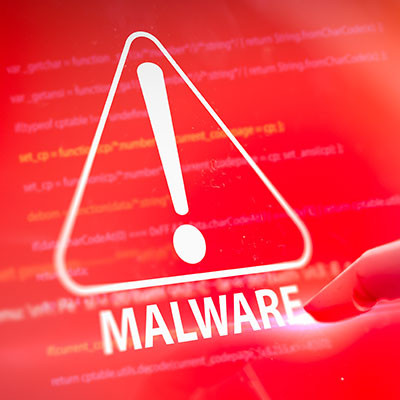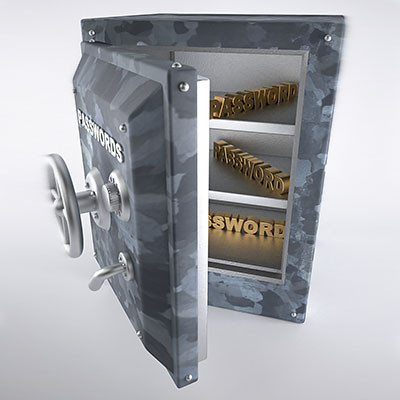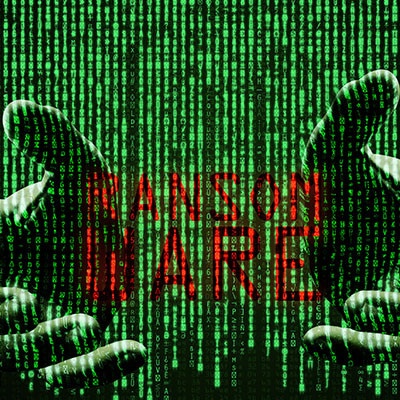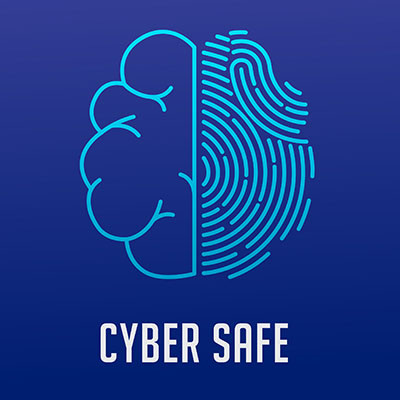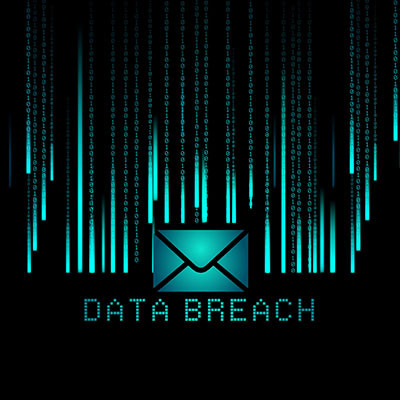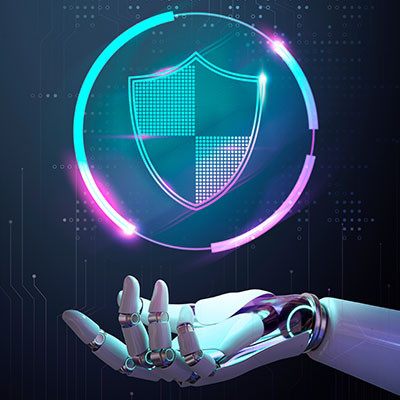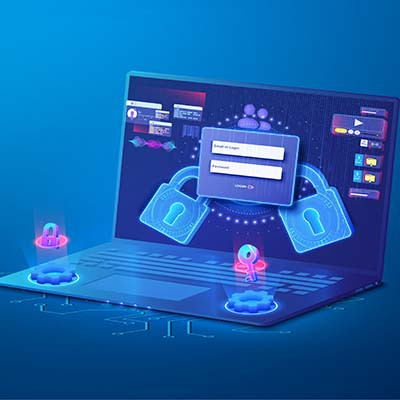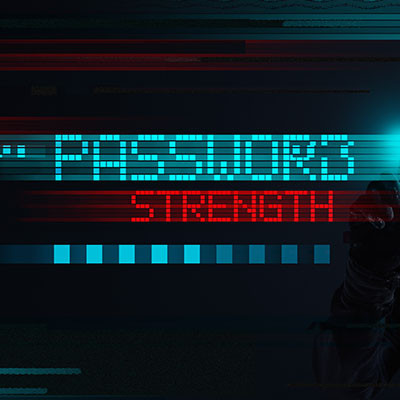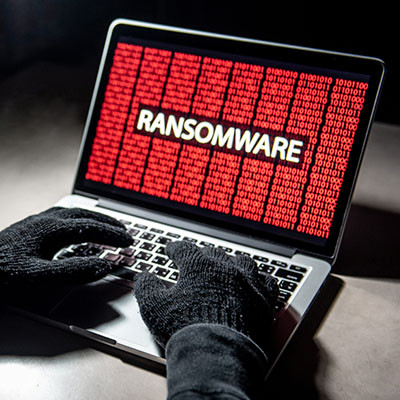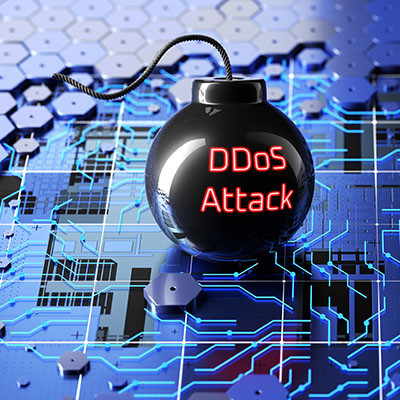JS Business Solutions Blog
We know that security is far from a small investment, but this only serves to highlight how important it can be to your business’ continued success. You might wonder why security is such an important investment if you don’t intend to suffer a data breach, and that’s precisely the point. The cost of not investing in security far outweighs the initial investment.
It doesn’t always take a complicated malware or ransomware attack to break your business. Sometimes it’s as easy as someone sending you an email and pretending they have authority over you. Compromising a business email is one of the most common and easy hacking attacks to pull off, so you should be aware of how to put a stop to it.
Microsoft generally takes security very seriously, and for the most part, if you keep your Windows and Server operating systems updated, you can generally depend on some base-level security and stability. Unfortunately, it was recently discovered that, for almost two years, a very critical defense mechanism within Windows wasn’t being properly secured.
Cybersecurity, to many, can sound inherently complicated—complicated enough, perhaps, that many may elect to put it off for as long as they can, or even choose to go without it. Even without our obvious bias factoring into our considerations, this is a bad idea. Let’s go over some basic security practices that are simple to enact, but can easily make a world of difference for your security.
We’d be the first to admit that, as much as we’d recommend that you use multi-factor authentication wherever it is available, MFA isn’t perfect. This makes the idea that an improvement to these methods is on the horizon an intriguing one. Let’s discuss what may become the new and improved standard fairly soon.
Did you know that you could be the victim of a data breach without even knowing it? It’s possible, really. If a hacker has managed to infiltrate a website or service that you use without giving up the goat, so to speak, they could have your information and you might not even know about it. Thankfully, there are ways around this, and it all starts by asking that simple question: what if my information was stolen, and what is it being used for?
Using USB drives to spread threats is certainly not a novel concept, and you should always be wary of potential threats using USB drives to make their rounds. In particular, a new and emerging threat called the Raspberry Robin worm could shake things up in the world of cybersecurity. What is this threat, and how can you keep yourself and your business safe from its attacks?
Burnout is a very real thing, and it can lead to your employees becoming disengaged in their work in more ways than one. Their performance can suffer, but so too can their adherence to your workplace policies—policies like cybersecurity. Let’s take a look at the idea of cybersecurity burnout at all levels, whether it’s for your average employee or your IT workers.
We write a lot of blogs about how you can protect your network and data infrastructure from cybersecurity threats, but it’s equally important that you take time to assess and address issues related to your physical security infrastructure. Today’s blog will be dedicated to what goes into a successful physical security strategy and how you can ensure that you’re protecting your business’ assets in the best way possible.
When you get right down to it, your business is probably vulnerable to cyberattacks, no matter how prepared you are. There are countless ways you can improve your operations, but if you don’t take steps now to safeguard your company’s infrastructure, you could risk facing an even greater threat to your business’ future: a cybersecurity breach. There are simple steps that can be taken to help ensure your organization isn’t sunk by a random security breach.
If you have never heard of a botnet, they are scary entities indeed. Imagine countless connected devices from all over the world, all joined together by malicious actors who want to use these infected devices to launch massive attacks against businesses, organizations, and governments. One such attack was launched by a Russian botnet consisting of millions of Internet of Things devices. Thanks to the efforts of the United States Department of Justice and various law enforcement agencies throughout Germany, the United Kingdom, and the Netherlands, it has been brought to a halt.
Creating secure passwords is not always the easiest thing in the world, as evidenced by many individuals opting to go with the same password for multiple accounts. Thankfully, you have us to help walk you through how to make a secure password. Let’s discuss some of the best practices associated with passwords and how you can get started using them to maintain security for your online accounts.
How many scams and spam messages do you receive on a daily basis? We bet it’s more than you think. Scams affect countless individuals and can cost a pretty penny if they are not handled appropriately. Let’s go over why some individuals might be more likely to fall for scams than others, as well as what you can do to keep your employees from inadvertently costing your company
You can’t check the news without seeing the word “ransomware” plastered across the screen. It’s a major threat for businesses in just about any industry and of any size. In order to keep your business safe both now and into the future, you’ll have to implement adequate security measures that can put a stop to these types of threats. Of course, it’s easier said than done, especially when certain data is more likely to be targeted than others.
Continuing their record of the past few months, Cloudflare has stopped yet another DDoS attack—this time, one of record-breaking severity. According to the company, this attack—specifically, an HTTPS DDoS attack—was the largest one ever recorded.
Let’s explore what this kind of attack is in the context of what happened, and what you can do to help keep your business safe.




